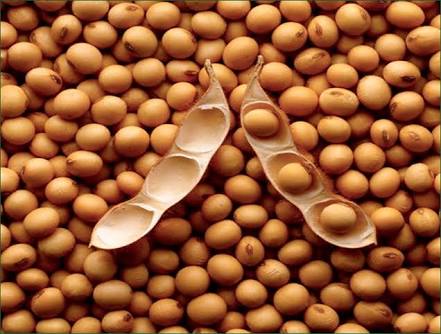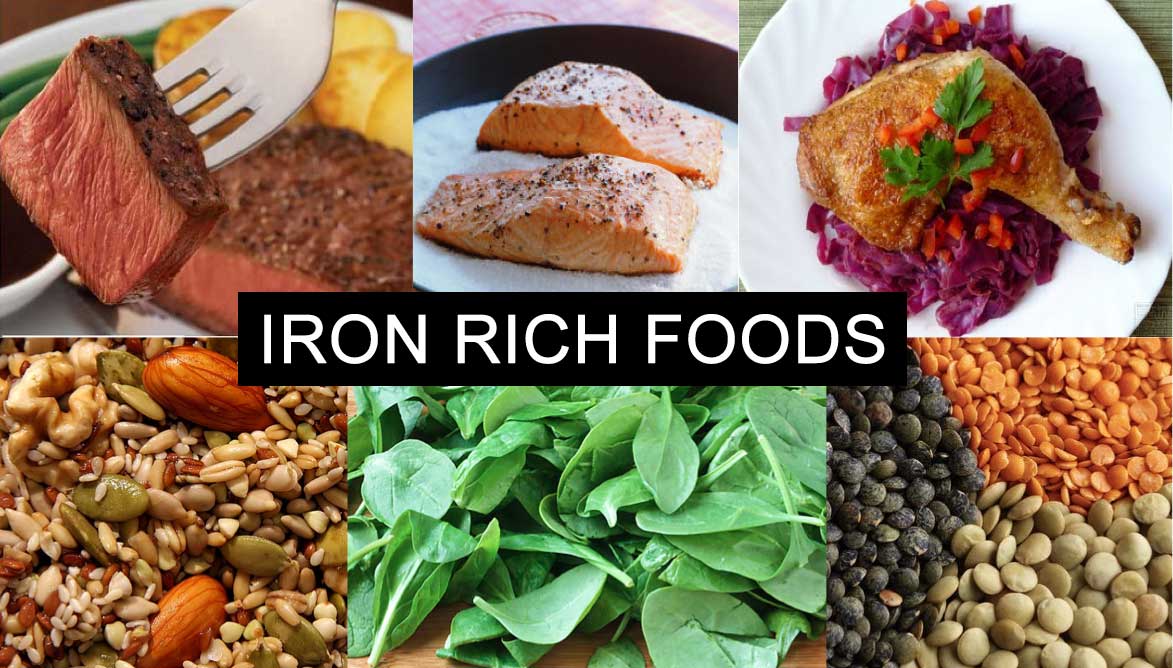Do you get extremely tired while doing a small amount of work? Do you feel breathlessness just by taking a few steps up on the stairs even though you are physically fit? If you are facing all these problems in your daily life, you might be lacking in IRON – especially if you are a woman.
IRON is an essential mineral and an important component of Haemoglobin, the substance in RBC that carries Oxygen from your lungs to transport it throughout your body. It is also necessary to maintain healthy cells, skin, hair, and nails.
Women need more iron because they lose blood each month during their periods. You might need more Iron if you are pregnant or breastfeeding. Not only this, even if you workout a lot, u need the right amount of Iron because intense exercises can destroy RBC. That’s why women from ages 19 to 50 years need to get 18 mg of Iron each day while men, the same age can get away with just 8 mg of Iron.
ALSO READ: Omega 3 Fatty Acids Food Sources: More Than Just Fish

If a person does not eat sufficient iron-rich foods, it reduces RBC count and they may become iron deficient which leads to IRON DEFICIENCY ANAEMIA. It is a worldwide health problem that is especially common in young women and children. People often don’t know they have anemia until they have these signs and symptoms :
- Extreme tiredness, fatigue.
- Breathlessness.
- Heart palpitation.
- Pale complexion.
- Cold hands and feet.
- Brittle and spoon-shaped nails.
- Hair loss.
Since your body can’t produce Iron itself, you need to make sure that you consume sufficient amounts of Iron and try to include best sources of iron-rich food in your diet.
ALSO READ: 10 Best And Healthy Vitamin D Rich Food Sources
Dietary iron has Two Main Types :
HEME IRON
Heme iron is found in meat, fish, seafood, and poultry, and is the form of iron that is most readily absorbed from your stomach and taken up into your body after you eat it.
NON HEME IRON
Non-heme iron is found in plant foods, iron-fortified grains like breakfast cereals and in meat, seafood, poultry as well. Foods with non-heme iron are still good to eat, but the iron contained in these foods won’t be absorbed as completely as Heme iron. That is why it’s recommended to combine Non-heme iron foods with foods rich in vitamin C ( tomatoes, citrus fruits, and red, yellow and orange peppers, kale, broccoli, etc. ) to enhance your body’s absorption of iron.
Eating meat generally boost your iron levels far more than eating leafy green plant foods. So vegetarians should consume nearly two times more iron each day than people who are non-vegetarians.
ALSO READ: Top 12 Protein Rich Food Sources For Vegetarians
SOURCES OF IRON RICH FOODS
SPINACH ( 100gm boiled = 3.6mg iron )
This dark green leafy vegetable is quite well known for its several nutritional qualities. We all know that Popeye made himself super strong by eating spinach. It has a great ability to increase vitality, restore energy and improve the quality of blood as it contains good levels of iron. Spinach has an array of phytonutrients in addition to its iron content.
Both raw and cooked spinach are excellent sources of iron though cooking spinach helps your body absorb its nutrients more easily. You can add Spinach in your Salads, Sandwiches or Soups.

SOYBEAN ( 100gm boiled = 5.1 mg iron )
It gives a good source of nutritional iron in iron-deficient individuals. Along with iron, you will get the added benefits of Vitamin C, Zinc and Calcium which have their own important health benefits. A woman would only need a cup of soybeans in a day to almost completely satisfy her daily recommended amount of iron. Consider adding soybean to the soups you make. Apart from adding iron to it, the soup will give you good flavor and texture too.
ALSO READ: Dairy Free Milk Alternatives: Drink Plant-Based Milk Instead Of Cow’s Milk

CHICKPEAS ( 100gm boiled = 2.9 mg iron )
These legumes can boost your energy level because of their high iron content. The best part is, Chickpeas are available all year-round and can be easily incorporated into any dish. You can sprinkle some chickpeas over your salad to add a nutty flavor or simply add them in your soup to increase its nutritional content. As these are a source of non-heme iron so try to pair it with vitamin C rich foods, helping your body to absorb a little more.

OYSTER ( 100gm = 9.2 mg iron )
It is great news for people who enjoy seafood that apart from iron, oysters are rich in proteins and other minerals like zinc too. They are also great for women who have calcium deficiency and low sexual desires. Go ahead, splurge on a plate of Oysters and you have surpassed the daily requirement.

LIVER ( 100gm = 13 mg iron )
The amount of iron in the liver varies considerably depending on the type of liver you eat. Beef liver contains much less iron, around 5 milligrams per 3-ounce serving, compared with chicken liver, which contains 11 milligrams per 3-ounce serving. A 2 1/2-ounce serving of pork liver supplies 13.4 milligrams. So Pork liver is a smarter option. It’s slightly leaner and higher iron and vitamin C levels. But it should be eaten in moderation as it is higher in cholesterol.
If you don’t feel like eating liver, other animal proteins like egg yolks and red meat are also high in iron.
ALSO READ: Nushrat Bharucha Diet Plan: Health And Fitness Mantra

KIDNEY BEANS ( 100gm raw = 8.2 mg iron )
Beans of all varieties can boost your energy level by helping to replenish your iron stores. Kidney beans are low in calories and virtually fat-free. But make sure to pair them with foods like kale, bell pepper, broccoli, and cauliflower, which are all high in vitamin C – a nutrient that helps with the absorption of non-heme iron in the body. You can include beans in your diet in a variety of ways, add them to a salad, puree them into a dip and eat with raw veggies, or toss into a stir-fry. The possibilities are endless!

Are you getting enough iron in your diet?
